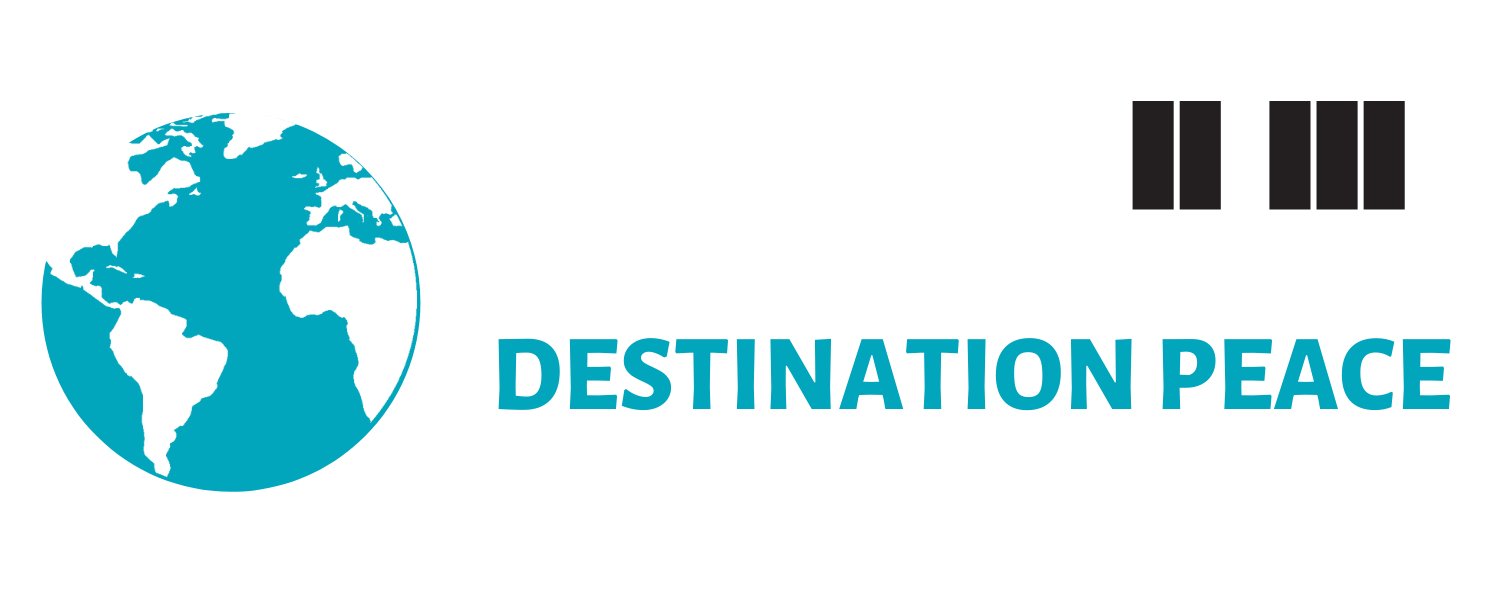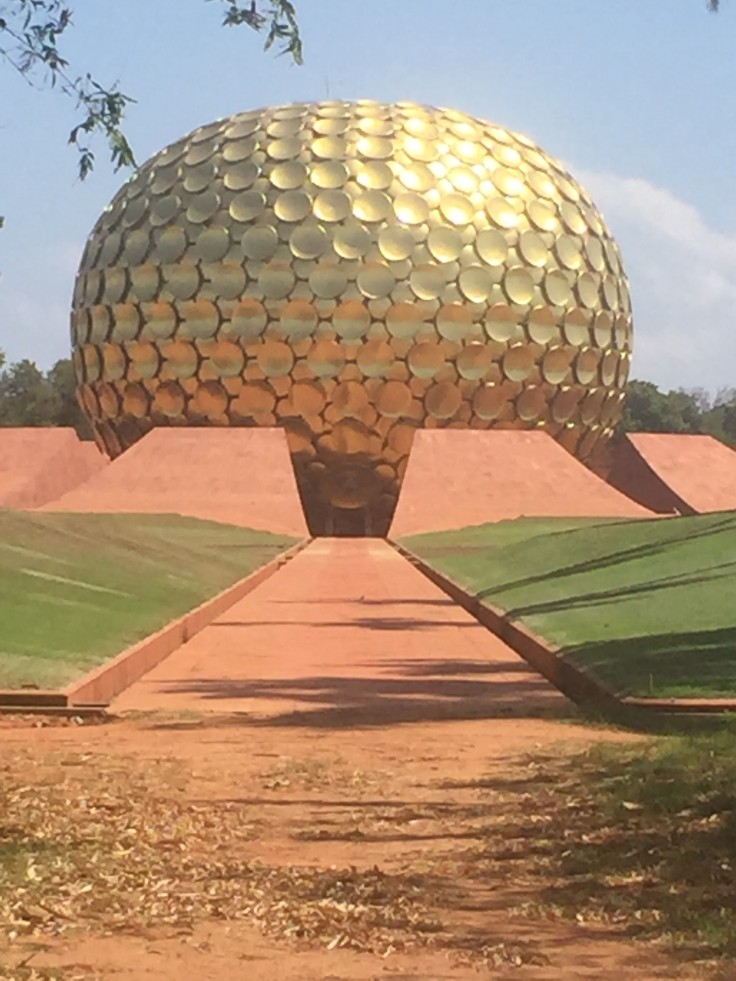A place on earth no nation could claim as its own, where all human beings of goodwill who have sincere aspirations could live freely as citizens of the world and obey one single authority, that of the supreme truth; a place of peace, concord and harmony. (written by The Mother)
In 1965, Mirra Alfassa (“The Mother”), started speaking of her intention to build north of Puducherry:
A “universal town where men and women of all countries are able to live in peace and progressive harmony, above all creeds, all politics and all nationalities. The purpose of Auroville is to realise human unity.”
Describing the experience requires watching this brief video— it will be well worth your time!
Auroville was conceived as a utopian paradise by Mirra Alfassa, the spiritual successor to Sri Aurobindo. The idea was to build a futuristic city where people of goodwill would live together in peace and harmony.
From Auroville, we traveled to Puducherry to meditate at the former residence of where Sri Aurobindo and Mirra Alfassa (The Mother) had lived.
Sri Aurobindo developed a method of spiritual practice he called Integral Yoga. The central theme of his vision was the evolution of human life into Divine living.
From the Sri Aurobindo Ashram we traveled to the beach to see a major highlight of Puducherry. At the entrance of the beach is a four meter statue of Gandhi which is surrounded by eight magnificent granite pillars.
Though the temples in Puducherry are not as well-known as their more famous counterparts in Thanjavur or Chidambaram, they are charming in their own unique way– with some of them even dating back to the 10th century.
We visited Notre Dame des Anges: The Church of our Lady of the Angels on rue Romain Rolland. It was built in 1852 in Greek Roman architectural style. Its façade is flanked by two unadorned square towers facing east towards the ocean.





Leave a Reply